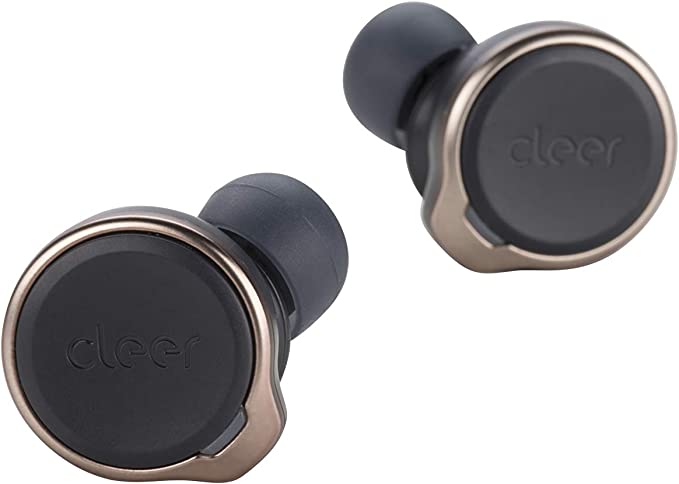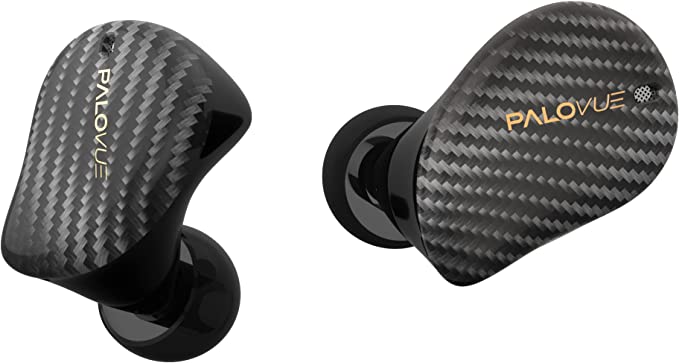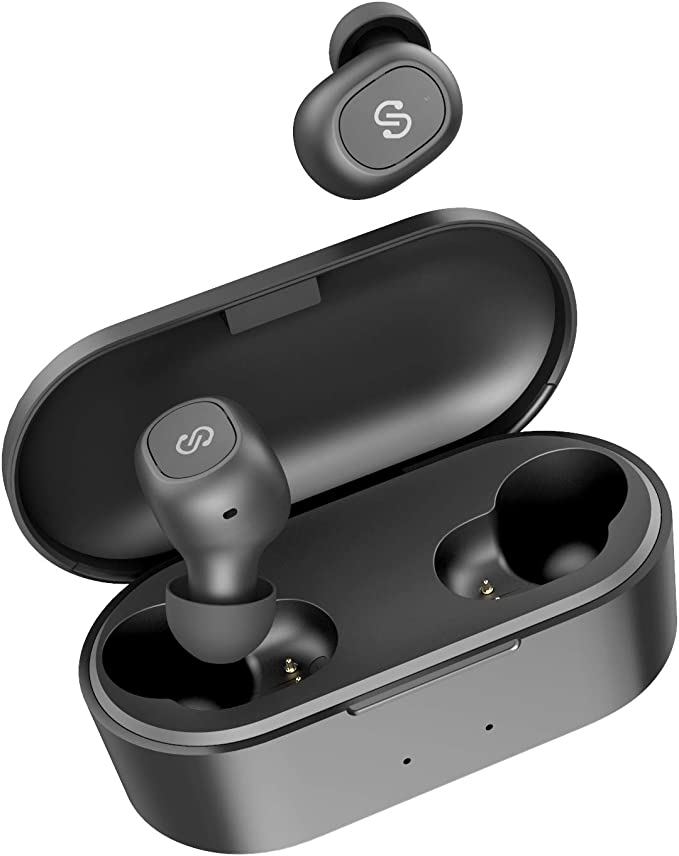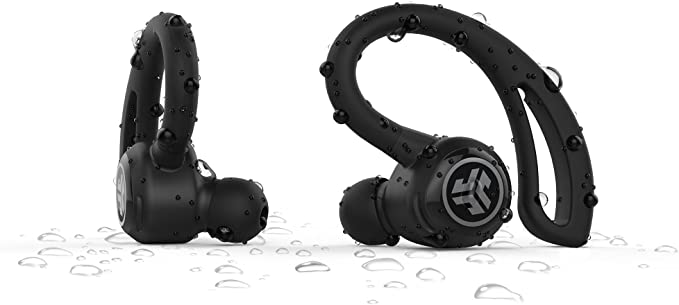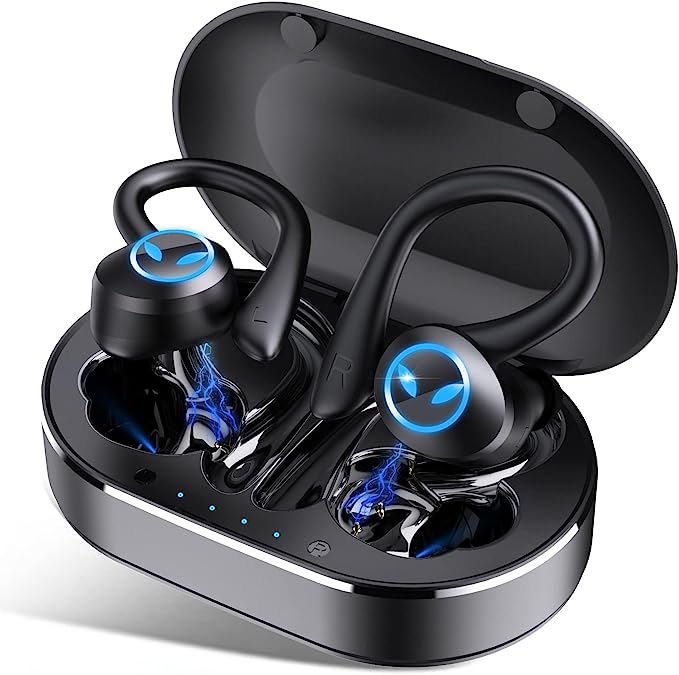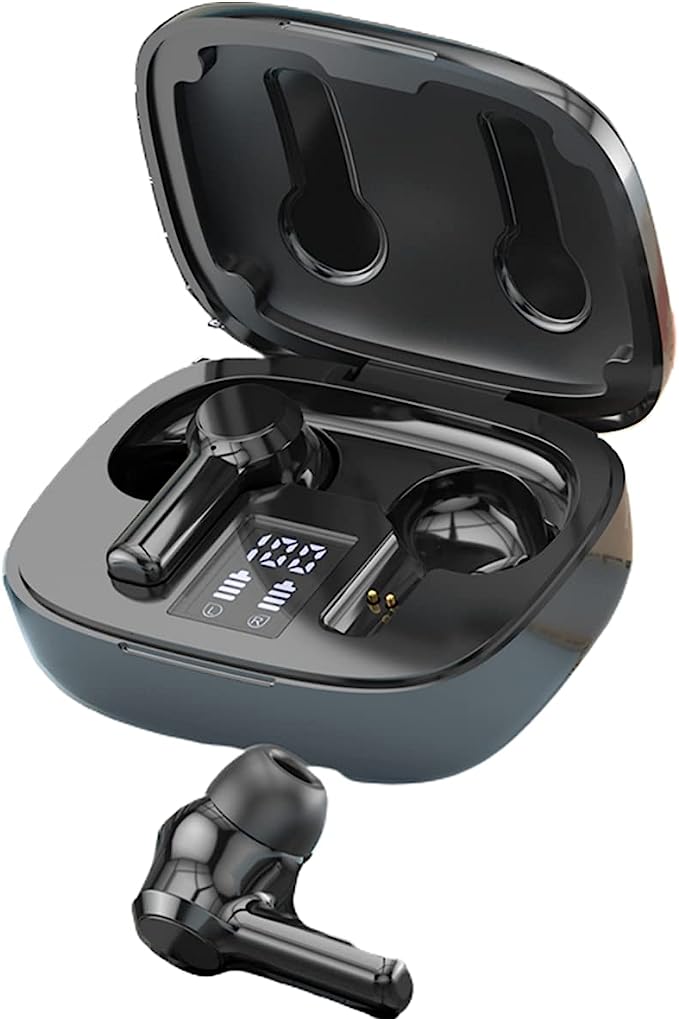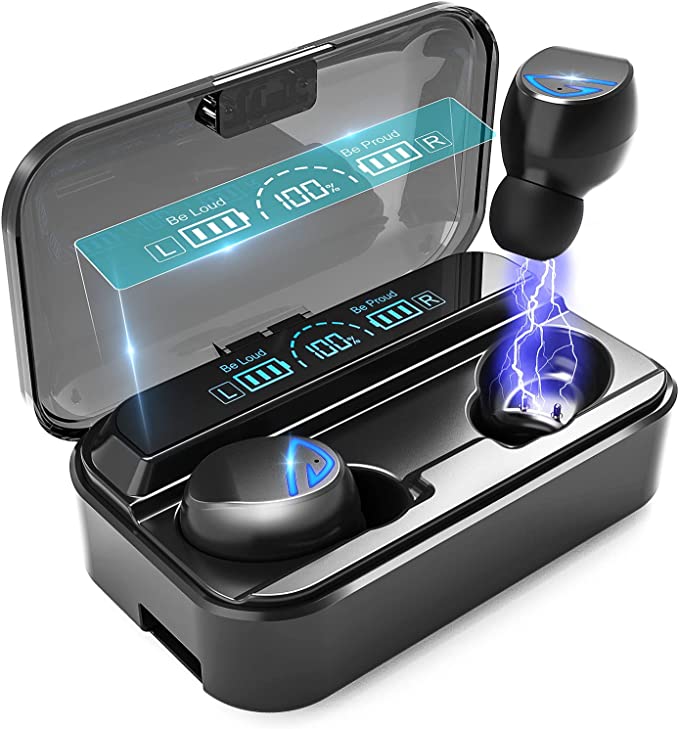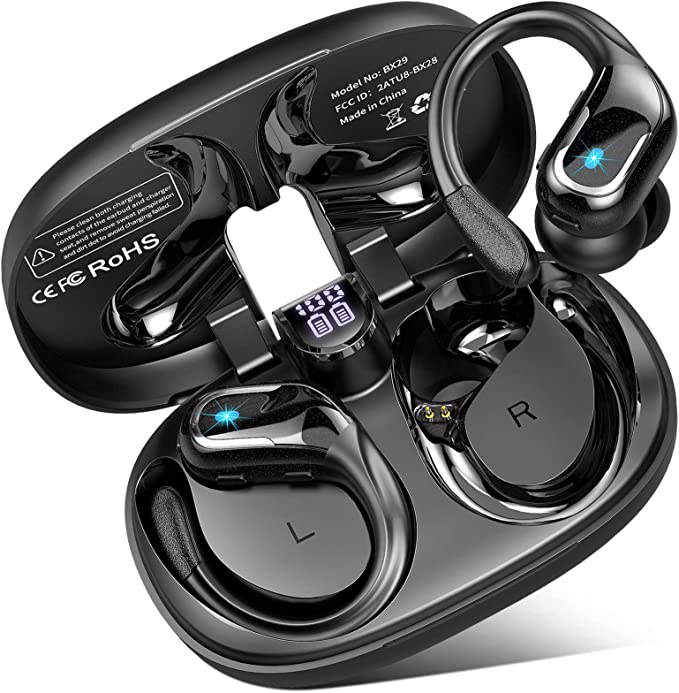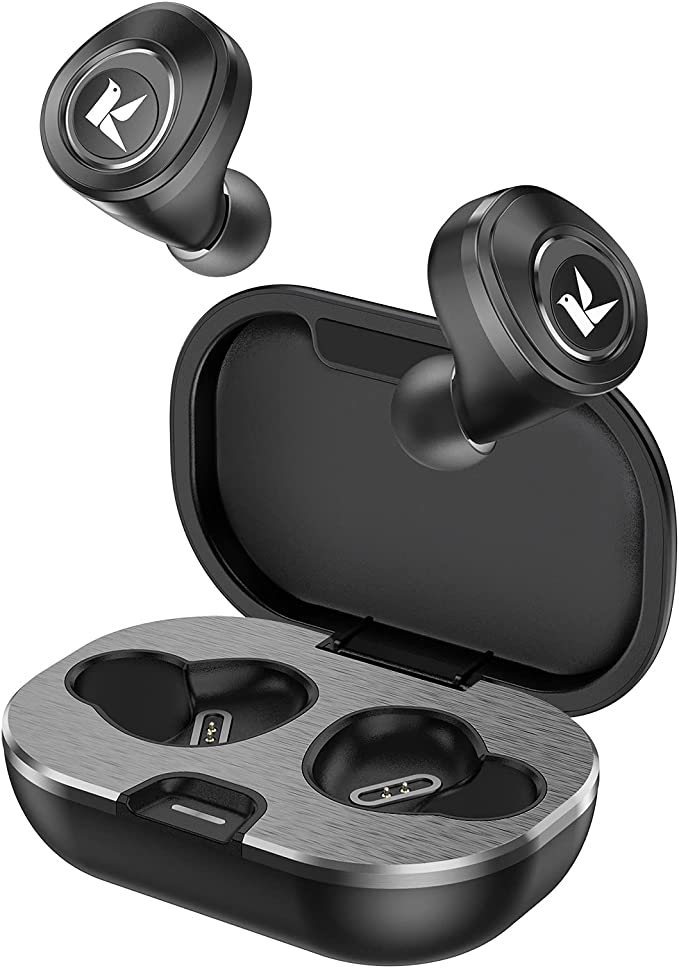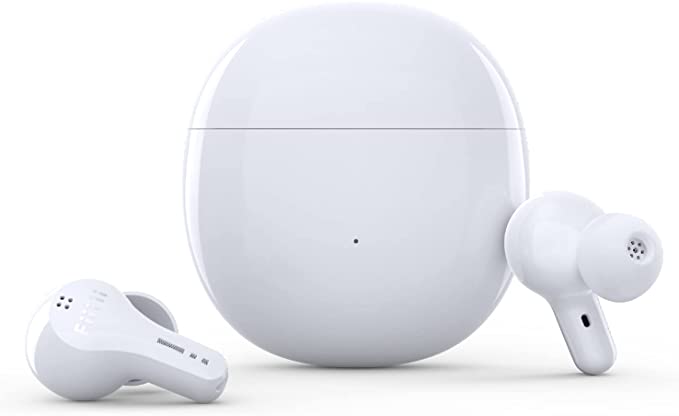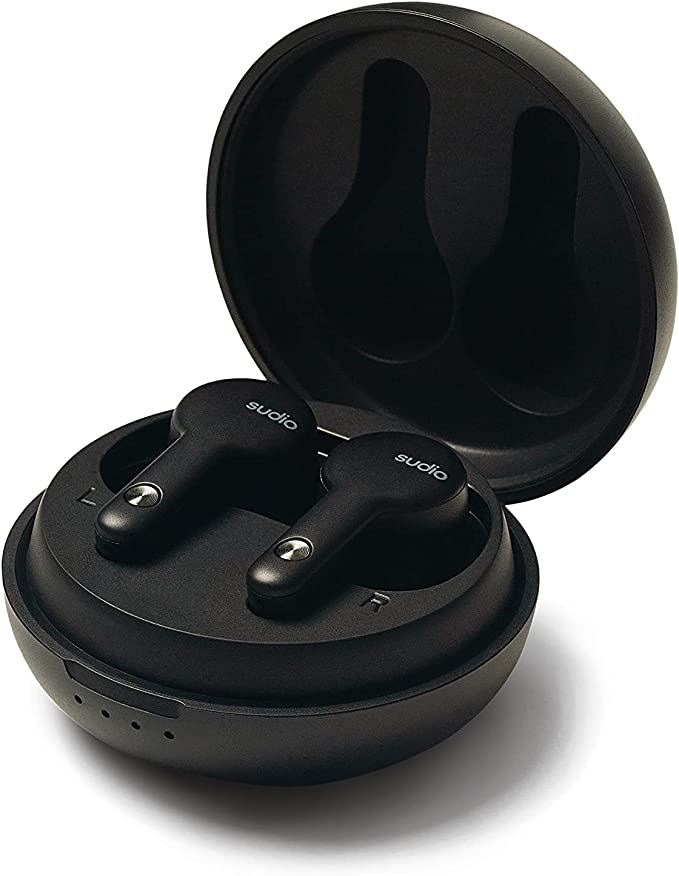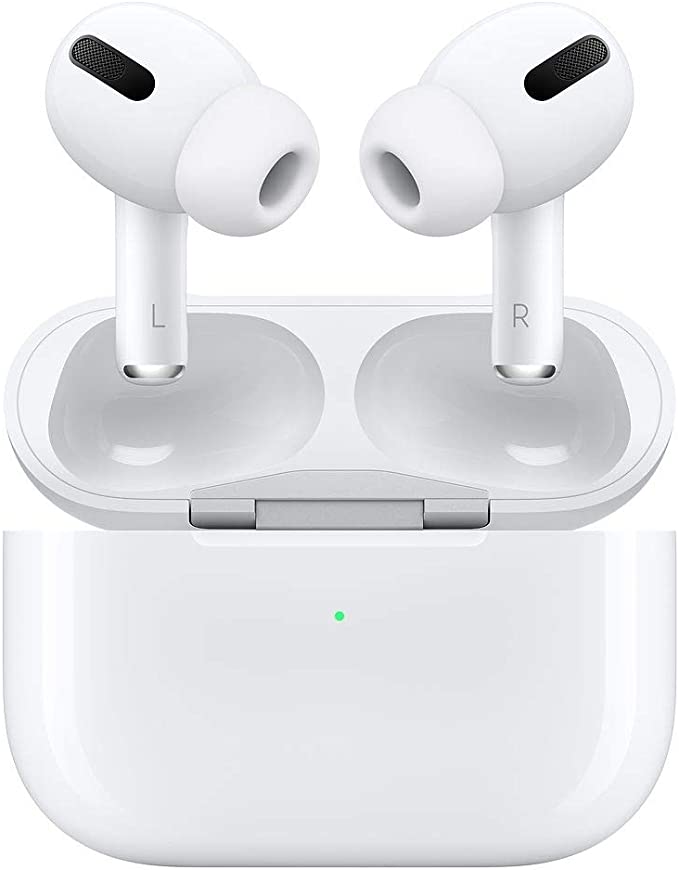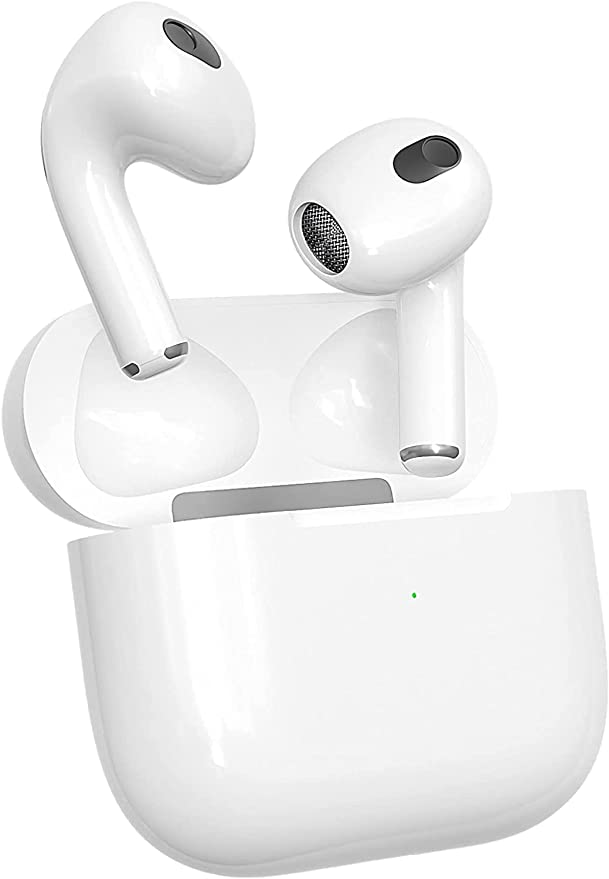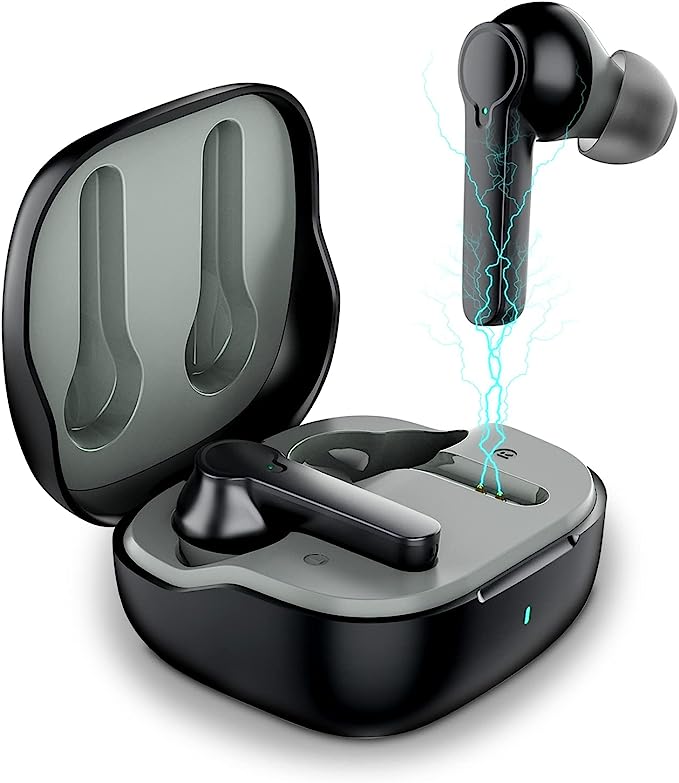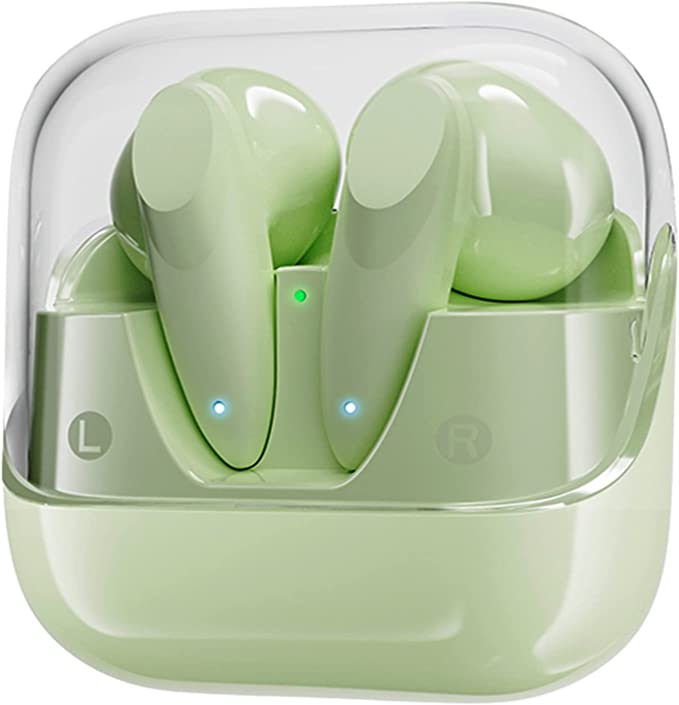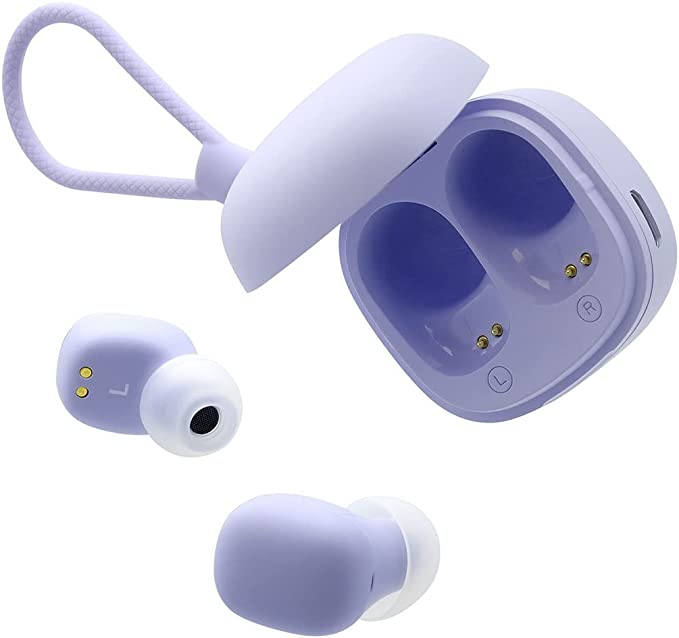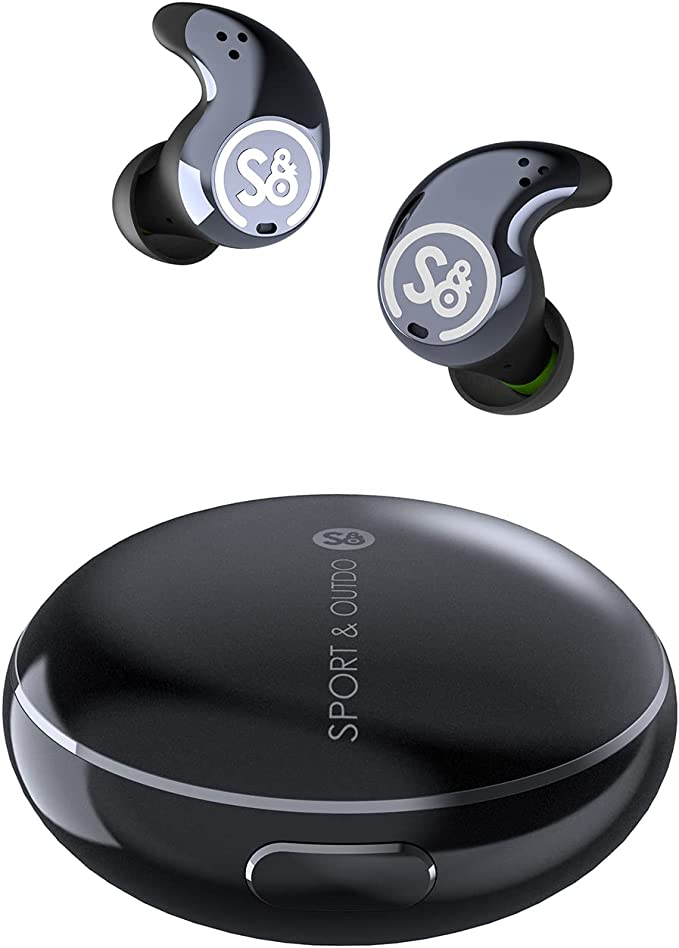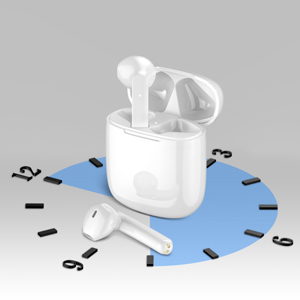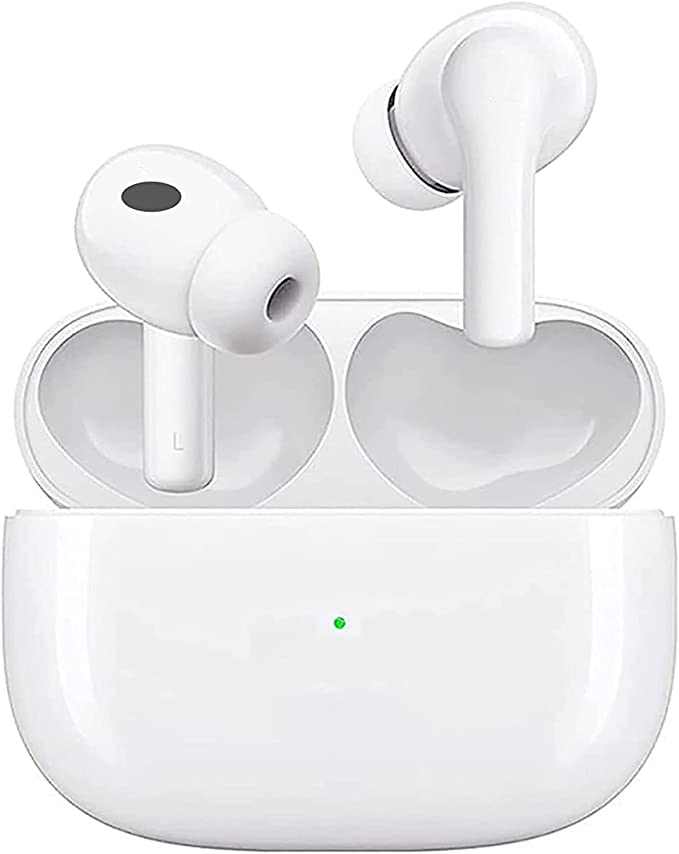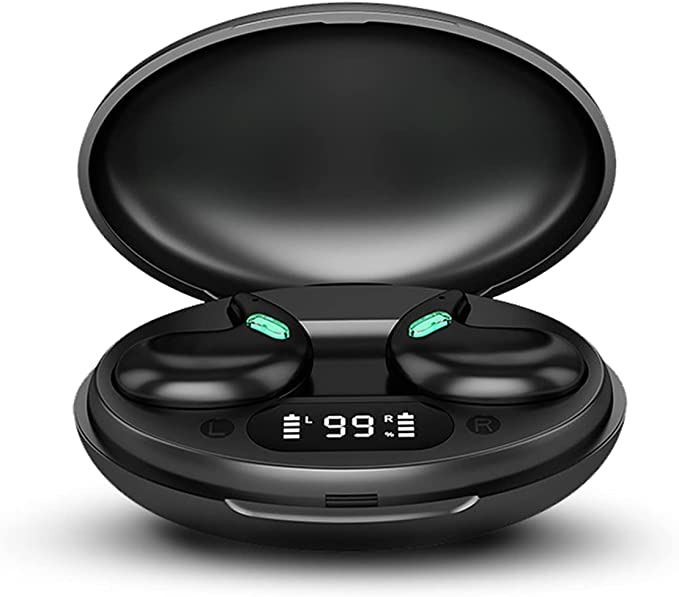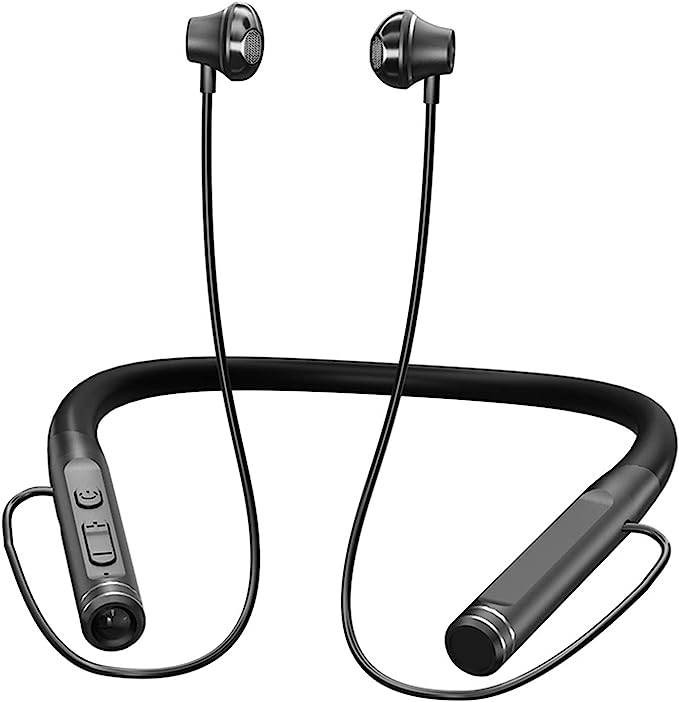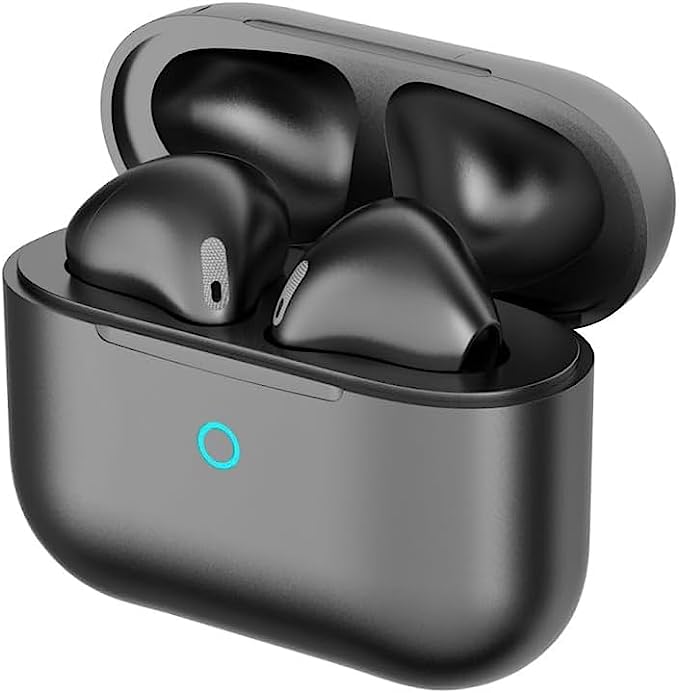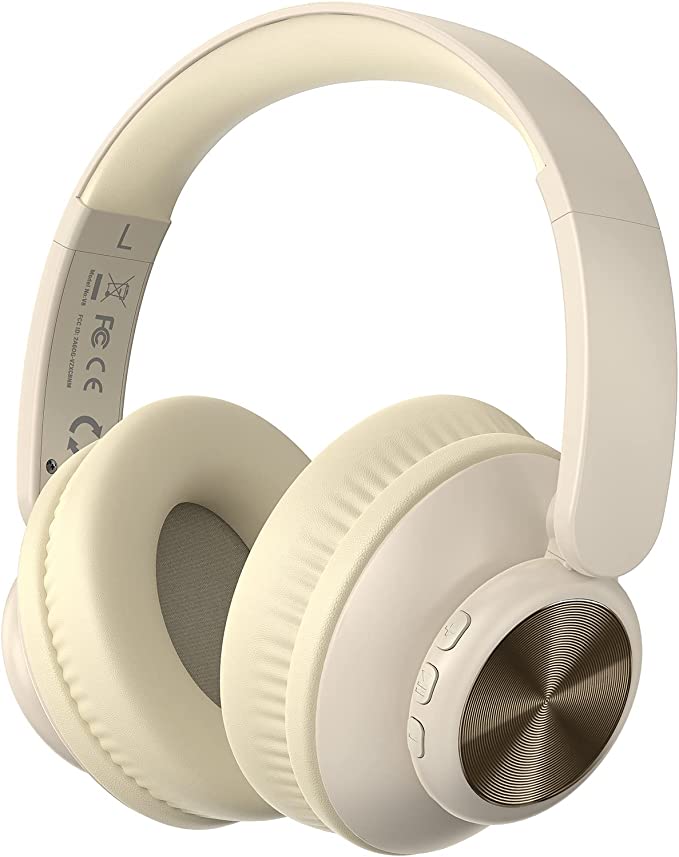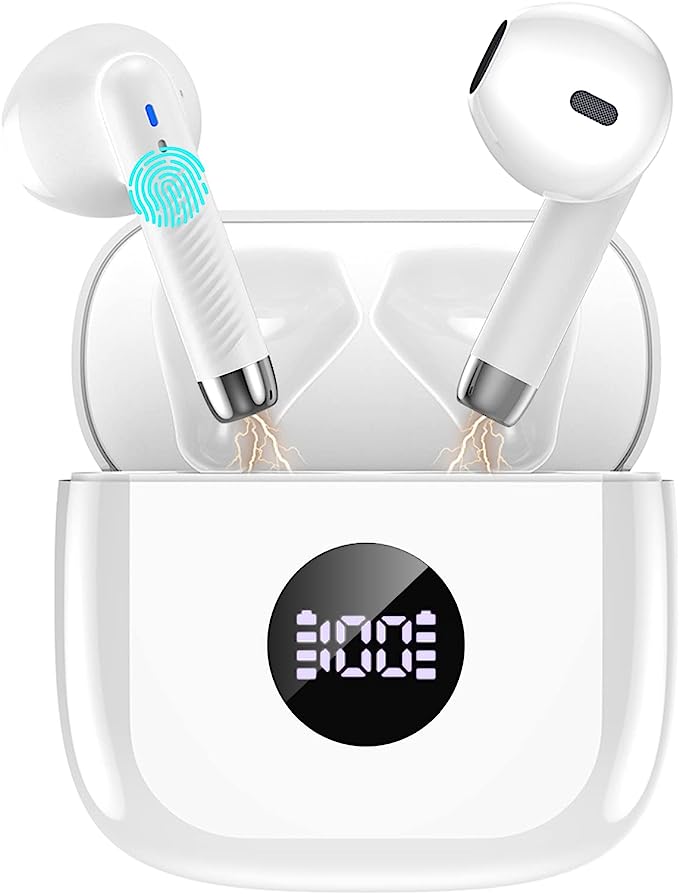Mifo O5 Gen 2 Touch True Wireless Bluetooth Earbuds: Long-lasting Bluetooth 5.2 Sports Earbuds for Stable Connectivity
Update on June 19, 2025, 4:39 p.m.
The world of personal audio has been irrevocably altered by the advent of true wireless earbuds. These tiny marvels promise a life untethered, a seamless flow of music, podcasts, and calls, all without the snagging nuisance of cables. But beneath their sleek exteriors lies a complex interplay of sophisticated technologies. While we’ll look at these through the lens of a specific product, the mifo O5 Gen 2 Touch, the underlying scientific and engineering principles are universal, empowering you to better understand any wireless audio device you encounter. So, let’s embark on a journey to decode this unseen symphony of technology.

The Wireless Lifeline: Untangling Bluetooth 5.2 and the Qualcomm Connection
At the very core of any true wireless experience is Bluetooth, the invisible handshake that connects your earbuds to your phone, tablet, or laptop. The mifo O5 Gen 2 Touch employs Bluetooth 5.2, a noteworthy iteration in this ever-evolving standard. But what makes one Bluetooth version different from another?
Think of Bluetooth as a dedicated, short-range radio communication system. Over the years, the Bluetooth Special Interest Group (SIG), the organization stewarding the technology, has introduced enhancements to make this radio link faster, more stable, and more power-efficient. Bluetooth 5.2, for instance, builds upon its predecessors by refining how data packets are transmitted, improving its ability to navigate crowded radio frequency environments (like a busy office or city street), and introducing features aimed at reducing energy consumption. This translates directly to your experience: a more steadfast connection with fewer annoying audio dropouts, and audio that generally keeps pace with video content, minimizing that distracting lip-sync lag.
Powering this Bluetooth capability in the mifo O5 Gen 2 Touch is the Qualcomm QCC3040 chipset. This isn’t just a simple Bluetooth radio; it’s a System-on-Chip (SoC). An SoC is like a miniature computer, integrating multiple essential functions onto a single piece of silicon. In the case of the QCC3040, it manages not only the Bluetooth communication but also audio processing, power distribution within the earbuds, and other critical tasks. Its design is pivotal for achieving both the performance and the power efficiency necessary for compact, battery-operated devices.
An often-overlooked aspect crucial for audio quality over Bluetooth is the audio codec. A codec is essentially a digital “translator” – it compresses digital audio data on your phone to send it wirelessly, and then decompresses it in your earbuds for playback. The most basic codec, SBC (Subband Codec), is mandatory for all stereo Bluetooth audio devices, ensuring universal compatibility. However, other codecs like AAC (Advanced Audio Coding), commonly used by Apple devices, and aptX (a family of codecs developed by Qualcomm, which the QCC3040 is capable of supporting), can offer improved audio fidelity and lower latency, provided both your transmitting device and your earbuds support them. While the mifo O5 Gen 2’s product page mentions “Hi-Fi 3D stereo,” the specific codecs enabled beyond SBC would determine the tangible audio quality improvement over a basic connection. Understanding that the potential for higher-quality codecs exists within the chipset is key.

“Can You Hear Me Now?” – The Science Behind CVC 8.0 Call Clarity
In an age of remote work and constant communication, the clarity of voice calls through earbuds is paramount. The mifo O5 Gen 2 Touch highlights Qualcomm CVC 8.0 Noise Reduction. It’s crucial to understand that this is different from Active Noise Cancellation (ANC), a feature many associate with premium earbuds.
ANC is designed to reduce the ambient sounds you, the wearer, hear, creating a quieter listening experience for your music or podcasts. It does this by using microphones to pick up external noise and then generating an “anti-noise” sound wave that cancels it out. CVC (Clear Voice Capture), on the other hand, focuses on cleaning up the audio captured by the earbuds’ microphones before it’s sent to the person on the other end of your call. Its goal is to make your voice clearer to them, not to make your surroundings quieter for you.
CVC 8.0 achieves this through a combination of microphone technology and sophisticated digital signal processing (DSP) algorithms. Earbuds equipped with CVC often use multiple microphones. This microphone array allows the system to better distinguish your voice from background noise. Think of it like this: if one microphone is closer to your mouth and others are picking up ambient sounds, the algorithms can analyze the differences in these signals. They can then amplify the frequencies associated with human speech while attenuating or suppressing a range of unwanted noises like wind, traffic, or the general hum of a busy environment. The result is that the person you’re speaking with receives a cleaner, more intelligible signal of your voice, even if your immediate surroundings are less than pristine.

The Endurance Champion: Powering Through 150 Hours of Playtime
One of the most eye-catching claims for the mifo O5 Gen 2 Touch is its staggering 150 hours of total playtime, achieved through a combination of the earbuds’ own battery life (stated as 9 hours per charge) and the 2600mAh (milliampere-hour) charging case.
Let’s break this down. The 9 hours of continuous playback from the earbuds themselves is a significant feat for such small devices. This endurance is a testament to the power efficiency of the Bluetooth chipset, the design of the internal components, and the energy density of the small Lithium-Ion (Li-ion) batteries housed within each earbud. Li-ion batteries are the unsung heroes of nearly all our portable electronics, from smartphones to laptops to these tiny earbuds. They are favored for their ability to store a relatively large amount of energy in a small and lightweight package, and their capacity to be recharged hundreds of times.
The charging case, with its 2600mAh capacity, acts as a portable power reservoir for the earbuds. The “mAh” rating is a measure of electric charge; it indicates how much current a battery can provide for a certain amount of time. A higher mAh rating generally means more energy stored. If the earbuds themselves have, for example, a battery capacity of around 50-60mAh each, a 2600mAh case could indeed recharge them multiple times (the product page suggests “about 15 times”), leading to that impressive 150-hour total. This dramatically reduces “battery anxiety” – the fear of your audio cutting out mid-journey or mid-workout.
Interestingly, the substantial capacity of the charging case has led some users (and is alluded to by the term “portable 2600mAh large-capacity charging case”) to consider it a mini power bank for their phone in a pinch. While theoretically possible if the case has a standard USB output port and the circuitry to deliver charge, the 2600mAh capacity would likely only provide a partial emergency boost to a modern smartphone, whose own battery might be 3000-5000mAh or more. It’s a neat potential perk, but its primary role remains keeping the earbuds topped up.

Built for Life’s Spills (and Thrills): Demystifying IPX7 Water Resistance
For those who lead active lifestyles or simply live in unpredictable climates, the durability of their electronics is a key concern. The mifo O5 Gen 2 Touch boasts an IPX7 water-resistant rating. This isn’t just a marketing buzzword; it refers to a specific standard.
The “IP Code” or Ingress Protection Code is defined by the International Electrotechnical Commission (IEC) standard 60529. It classifies the degree of protection provided by an enclosure against the intrusion of solid objects (like dust) and liquids (like water). * The first digit after “IP” relates to protection against solid particles. In “IPX7,” the “X” means the device has not been specifically rated for protection against dust ingress. This doesn’t necessarily mean it has no dust protection, just that it wasn’t tested or certified for that specific aspect according to the standard. * The second digit, “7” in this case, pertains to liquid protection. A rating of 7 signifies that the device is protected against the effects of temporary immersion in water. Specifically, the standard dictates it can withstand being submerged in up to 1 meter (approximately 3.3 feet) of freshwater for up to 30 minutes.
Achieving this level of water resistance involves careful engineering. Manufacturers employ various techniques, such as precisely machined casings, rubber seals or gaskets around openings and buttons (though touch controls negate some button-related vulnerabilities), and sometimes even hydrophobic nano-coatings on internal components to repel moisture. For the mifo O5 Gen 2 Touch, an IPX7 rating means they should comfortably handle sweat during intense workouts, being caught in a rain shower, or even an accidental brief drop into a puddle. However, it’s important to note that IP ratings generally apply to freshwater, and they don’t imply suitability for swimming (which involves prolonged immersion and pressure) or exposure to saltwater or other corrosive liquids.

Intuitive Interactions: The Subtleties of Touch Controls and Transparency Mode
How we interact with our devices is as important as what they do. The mifo O5 Gen 2 Touch utilizes touch buttons, a feature increasingly common in modern earbuds for their sleekness and ease of use compared to physical buttons that might require an uncomfortable amount of pressure on an in-ear device.
These touch controls typically operate using capacitive sensing. Your body, particularly your skin, has natural electrical capacitance. When you touch the designated area on the earbud, you alter the local electrostatic field or capacitance of that sensor. The earbud’s internal circuitry detects this change and interprets it as a command – a tap for play/pause, a double-tap for skipping a track, and so on. This technology allows for a seamless surface and can be more durable as there are no moving parts to wear out.
Another intelligent feature is Transparency Mode. Imagine you’re enjoying your music but need to be aware of your surroundings – perhaps you’re jogging on a busy street or someone is trying to speak to you. Transparency Mode addresses this by using the earbuds’ external microphones (the same ones that might be involved in CVC for calls) to capture ambient sounds. This external audio is then processed and fed into your ears, mixing with your music or podcast. The effect is that you can hear important environmental cues or engage in a quick conversation without needing to remove your earbuds. This blending of your digital audio with the real world enhances both safety and convenience. The effectiveness and naturalness of transparency modes can vary, depending on the quality of the microphones and the audio processing involved.
The Quest for Comfort and Fidelity: Ergonomics and the Eartip Ecosystem
No matter how advanced the electronics, if an earbud isn’t comfortable or doesn’t fit well, the experience is compromised. The mifo O5 Gen 2 Touch, like many in-ear devices, emphasizes ergonomic design and includes multiple eartip sizes (the product page mentions “5 pairs different sizes silicone eartips”).
The importance of a proper fit cannot be overstated, primarily due to the need for a good acoustic seal in the ear canal. This seal does several things:
1. Enhances Bass Response: Low-frequency sounds (bass) require a relatively sealed chamber to be perceived fully. A poor seal allows bass to “leak” out, resulting in a thin or tinny sound.
2. Improves Passive Noise Isolation: Even without active noise cancellation, well-fitting eartips physically block out a significant amount of external ambient noise, allowing you to listen at lower, safer volumes.
3. Secures the Earbuds: A snug fit prevents the earbuds from falling out during movement.
Silicone is a common material for eartips due to its flexibility, durability, and ability to conform to the varied shapes of individual ear canals. Offering multiple sizes acknowledges that ear canals are not one-size-fits-all. Finding the right eartip is often a process of trial and error, but it’s crucial for both comfort during long listening sessions and for achieving the best possible sound quality the earbuds are capable of delivering. Some users, like D. Orr Jr. in the provided reviews, still found the fit less than ideal even after trying different tips, highlighting the subjective nature of earbud ergonomics and how individual ear anatomy plays a significant role.
Sound Check: Navigating “Hi-Fi 3D Stereo” and the Realities of Earbud Audio
Product descriptions often use enticing terms like “Superior Sound” or, in this case, “deep bass Hi-Fi 3D stereo.” While these phrases evoke a quality listening experience, understanding what truly contributes to sound quality in true wireless earbuds requires looking beyond marketing language.
“Hi-Fi” (High Fidelity) is a term traditionally used to describe audio equipment that reproduces sound with little distortion, as faithfully as possible to the original recording. “3D Stereo” likely refers to a wide stereo soundstage, aiming to create an immersive, spacious audio image. However, the perceived quality of sound is a complex interplay of several factors:
- Audio Drivers: These are the tiny speakers inside each earbud responsible for converting electrical signals into sound waves. The most common type in earbuds are dynamic drivers, known for good bass response. Balanced armature drivers are another type, often favored for clarity in midrange and treble, and sometimes multiple driver types are combined in “hybrid” designs. The specific size, material, and tuning of the driver significantly impact the sound signature.
- Audio Codecs: As discussed earlier, the codec used for Bluetooth transmission (SBC, AAC, aptX, etc.) affects the amount of audio data preserved, influencing clarity and detail.
- Acoustic Seal & Fit: A proper fit ensures that the sound produced by the drivers is delivered effectively to your eardrum, especially for low frequencies.
- Digital-to-Analog Converter (DAC) and Amplification: The QCC3040 chipset includes a DAC to convert the digital audio signal back into an analog signal for the drivers, and amplification stages. The quality of these components also plays a role.
- Source Material: The quality of the music file or stream itself is a fundamental limiting factor.
- Individual Hearing and Preferences: Sound perception is subjective. What one person finds to be “great bass,” another might find overwhelming. D. Orr Jr.’s later comment about the sound being “a bit like you are listening through a tin can” after comparing them to other buds illustrates how perception can change with reference points and individual preferences.
Ultimately, while the mifo O5 Gen 2 aims for superior sound with its “unique stereo design,” the actual listening experience will be a result of all these interacting elements, alongside your personal auditory perception.
The Charging Dance: Tips for Keeping Your Earbuds Powered Up
Even with long battery life, the ritual of charging is an inevitable part of owning wireless earbuds. User feedback sometimes points to nuances in this process. For instance, Alex’s review mentioned the mifo O5 Gen 2 case only charging with a USB-A to USB-C cable, not USB-C to USB-C. While USB-C is a versatile standard, the intricacies of its Power Delivery (PD) protocol mean that not all devices and chargers implement the full spec. Simpler charging circuits in some peripherals might be designed to expect power from a traditional USB-A source or a USB-C source that isn’t trying to negotiate complex PD profiles, leading to such specific cable requirements.
Another common point of attention, as highlighted by Jake’s review regarding one earbud not seating properly, is the physical connection between the earbuds and the charging case. Most true wireless earbuds use pogo pins – small, spring-loaded electrical contacts – in the case that press against corresponding contact points on the earbuds. For reliable charging, these contacts must be clean (free of debris or earwax buildup – the product Q&A suggests cleaning with alcohol and cotton) and the earbuds must be seated correctly so the pins make firm contact. Magnetic alignment in many cases helps guide the earbuds into the correct position, but a poor seat can lead to one or both earbuds failing to charge.

Conclusion: The Invisible Orchestra of Technology in Your Ears
The mifo O5 Gen 2 Touch True Wireless Earbuds, like their contemporaries, are a testament to how far personal audio technology has come. They encapsulate an “invisible orchestra” of diverse technologies: the robust wireless communication of Bluetooth 5.2 managed by a sophisticated Qualcomm chipset, the intelligent voice filtering of CVC 8.0, the impressive energy storage of Lithium-Ion batteries extended by a high-capacity case, the resilience offered by IPX7 waterproofing, and the convenience of intuitive touch controls and Transparency Mode.
Understanding these underlying principles doesn’t just demystify the jargon on a product page; it allows for a deeper appreciation of the intricate engineering that makes our untethered audio experiences possible. From the fundamental physics of radio waves and sound to the material science of waterproofing and the algorithmic complexity of noise reduction, each element plays its part. As consumers, this knowledge empowers us to look beyond marketing claims, understand the trade-offs inherent in product design, and ultimately, better enjoy the remarkable symphony of technology that fits right in our ears.
